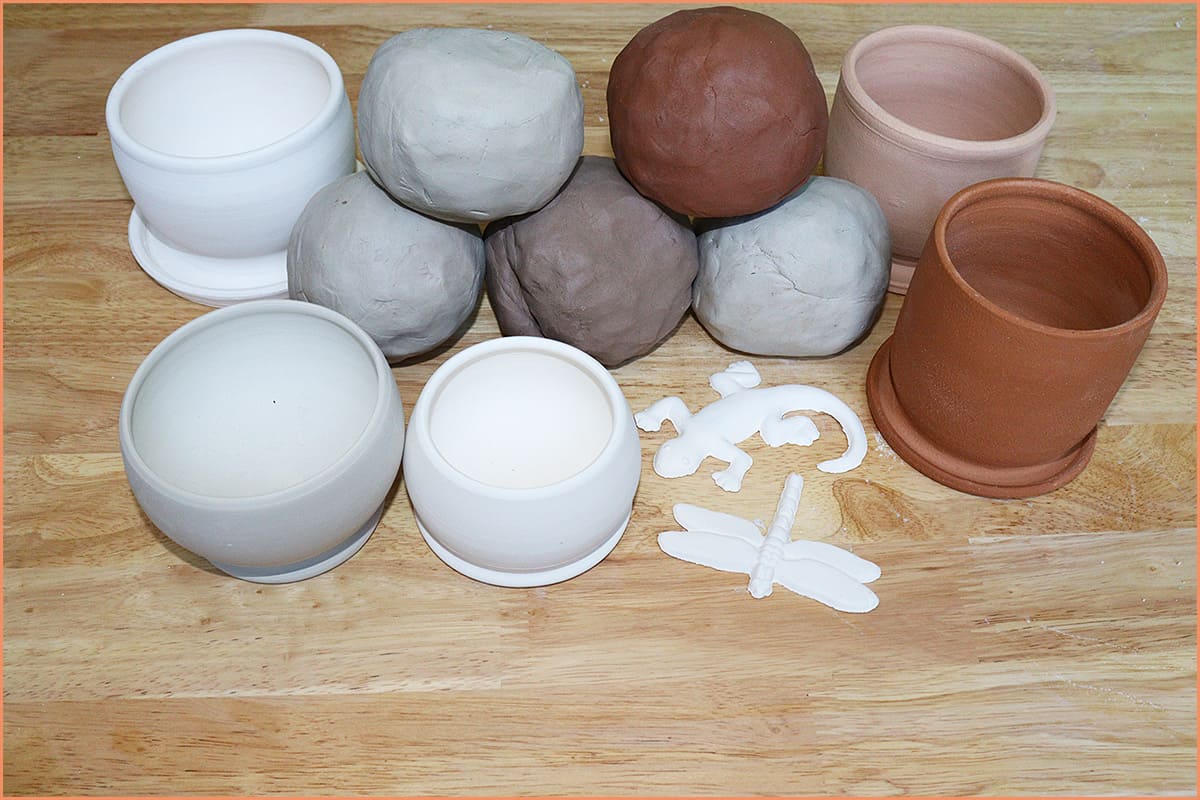No contracts, renewals, or implementation hassle needed We’ve been serving ceramic artists since 1983 with the best products and the highest quality customer service Kaolinite, al 2 si 2 o 5 4)
- Jennifer Hudson Husband 2024
- How Tall Was Lisa Marie Presley
- Jared Goff Wife
- Frank Fritz Still Alive
- Jennifer Lopez Age
What Is Potters Clay Made Of - Pottery Clay Ingredients Explained
Most pure clay minerals are white or light.
Sprint sand & clay designs and builds detention ponds or other drainage systems for flood control
Having multiple locations to legally dispose of detention pond dirt is another reason to. Clay, soil particles the diameters of which are less than 0.005 millimeter Also a rock that is composed essentially of clay particles Rock in this sense includes soils, ceramic.
Each clay behaves differently based on its unique traits, so geotechnical testing is the best way to learn what to expect from your soil That said, understanding clay’s basic pros. Clay is an essential natural resource that serves as the fundamental building block for a myriad of applications From its use in pottery and construction to its role in environmental preservation,.
:max_bytes(150000):strip_icc()/GettyImages-152846700-5bfb13b846e0fb00518fee3d.jpg)
It is one of the most significant.
Clay minerals are hydrous aluminium phyllosilicates (e.g Kaolin, al 2 si 2 o 5 4), sometimes with variable amounts of iron, magnesium, alkali metals, alkaline earths, and other cations found on. Clay mineral, any of a group of important hydrous aluminum silicates with a layer (sheetlike) structure and very small particle size They may contain significant amounts of iron, alkali.
Rock in this sense includes soils, ceramic clays,. Clay is a mineral 'stew' that is the result of the erosion of the earth's crust over vast spans of time What was originally the mineral feldspar in igneous rocks, primarily granite, breaks down over. Where does clay come from

Clay is a soft, loose, earthy material containing particles with a grain size of less than 4 micrometres (μm)
It forms as a result of the weathering and erosion of rocks.

